Occupation American sculptor Name Edward Boehm | Spouse Helen Boehm (m. 1944) Parents Elsie Boehm | |
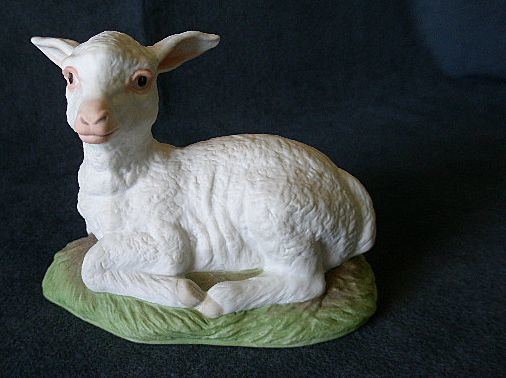 | ||
Born August 21, 1913 Baltimore, Maryland, U.S. Education | ||
About The Boehm Showroom
Edward Marshall Boehm (August 21, 1913 – January 29, 1969) was an American figurative expressionist sculptor, known for his porcelain figures of birds and other wildlife. Boehm explained his choice of porcelain as the medium for his art as follows:
Contents
- About The Boehm Showroom
- Boehm Song Sparrowavi
- Biography
- Death
- Legacy
- Tributes
- Selected Collections
- References
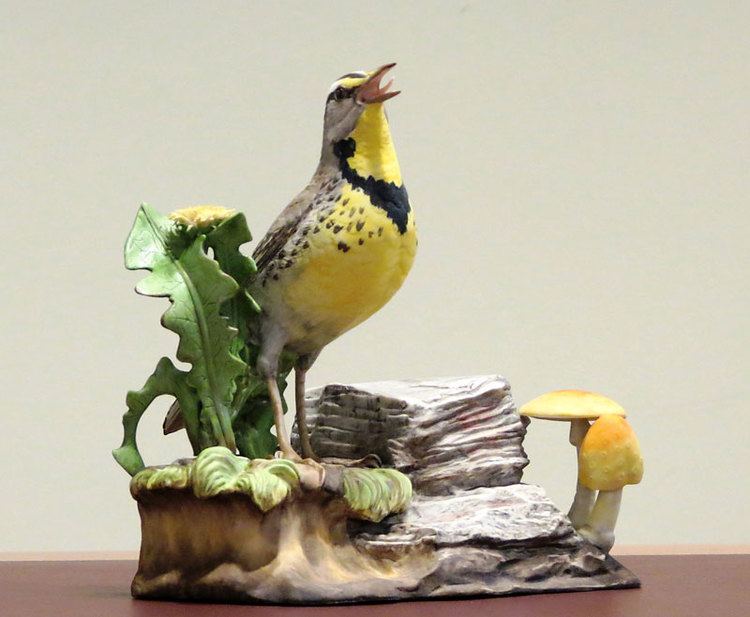
"Porcelain is a permanent creation. If properly processed and fired, its colors will never change; and it can be subjected to extreme temperatures without damage. It is a medium in which one can portray the everlasting beauty of form and color of wildlife and nature."
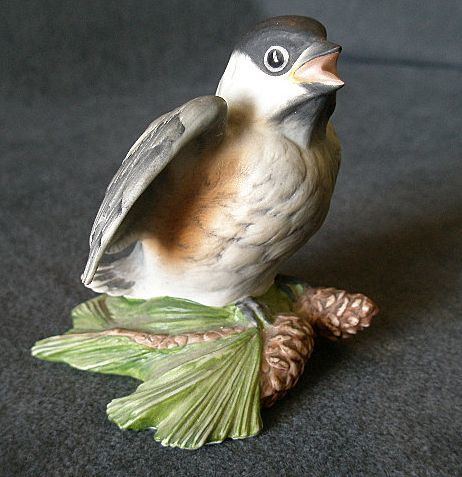
He and his wife founded an eponymous company, E.M. Boehm Studios, in 1950.

Boehm Song Sparrow.avi
Biography
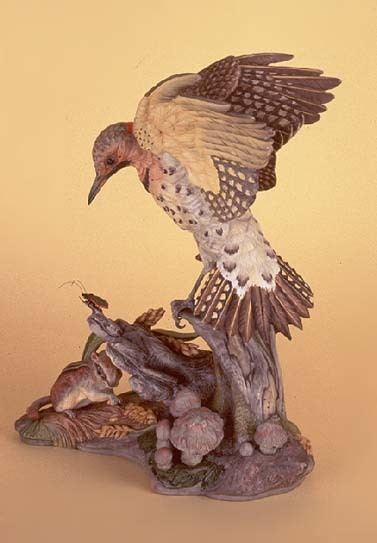
Edward Marshall Boehm was born in Baltimore, Maryland in 1913. His surname is pronounced "Beam".
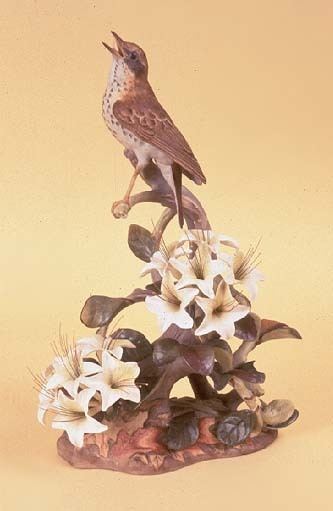
His parents separated before his birth. His mother, Elsie, died when he was seven years old. (He did not meet his father until he was in his twenties.) Friends enrolled him in an all-boys school for orphans and the poor, the McDonogh School, where he remained until he was 16 years old, when he left to work as a farmhand. He studied animal husbandry at the University of Maryland, College Park.
From 1934-42, he managed Longacres Farm on the Eastern Shore of Maryland, specializing in Guernsey cattle. During World War II Boehm was in charge of a rehabilitation program for the Air Force at Pawling, New York. After World War II, Boehm apprenticed for six months with sculptor Herbert Haseltine. Boehm studied draftsmanship three times a week and taught himself the ancient process of porcelain making.
In 1944, he married Helen Franzolin (12/26/1920–11/15/2010). They moved to Trenton, New Jersey, where they founded their business in 1950. The following year, the American Wing of the Metropolitan Museum of Art in New York ordered two statues for the museum's collection. The marriage was long and happy but childless. The couple remained together until Edward's death in 1969, aged 55.
Boehm kept a large collection of exotic birds in extensive aviaries and tropical houses at his home in Trenton. These birds became some of the subjects and inspiration for his sculptures. Many of these species were successfully bred, approximately 12 were recognised as being for the first time in captivity anywhere in the world. For these breeding successes Edward Boehm received a number of commemorative medals and plaques.
Death
Edward Marshall Boehm died from a heart attack on January 29, 1969, aged 55. His widow, Helen Boehm, died in 2010, aged 89. The couple is interred at Saint Mary's Cemetery, Trenton, Mercer County, New Jersey.
Legacy
Boehm was accorded his highest honor in 1992 when a wing of the Vatican Museums in Rome was named in his memory. This was the first time in its 500-year history that one of the 13 museums in the Vatican was named for an American citizen, as the twelve other museums are named for popes and royal families.
Tributes
Selected Collections
Today Boehm porcelain is in the permanent collections of one hundred thirty-four institutions globally including:
